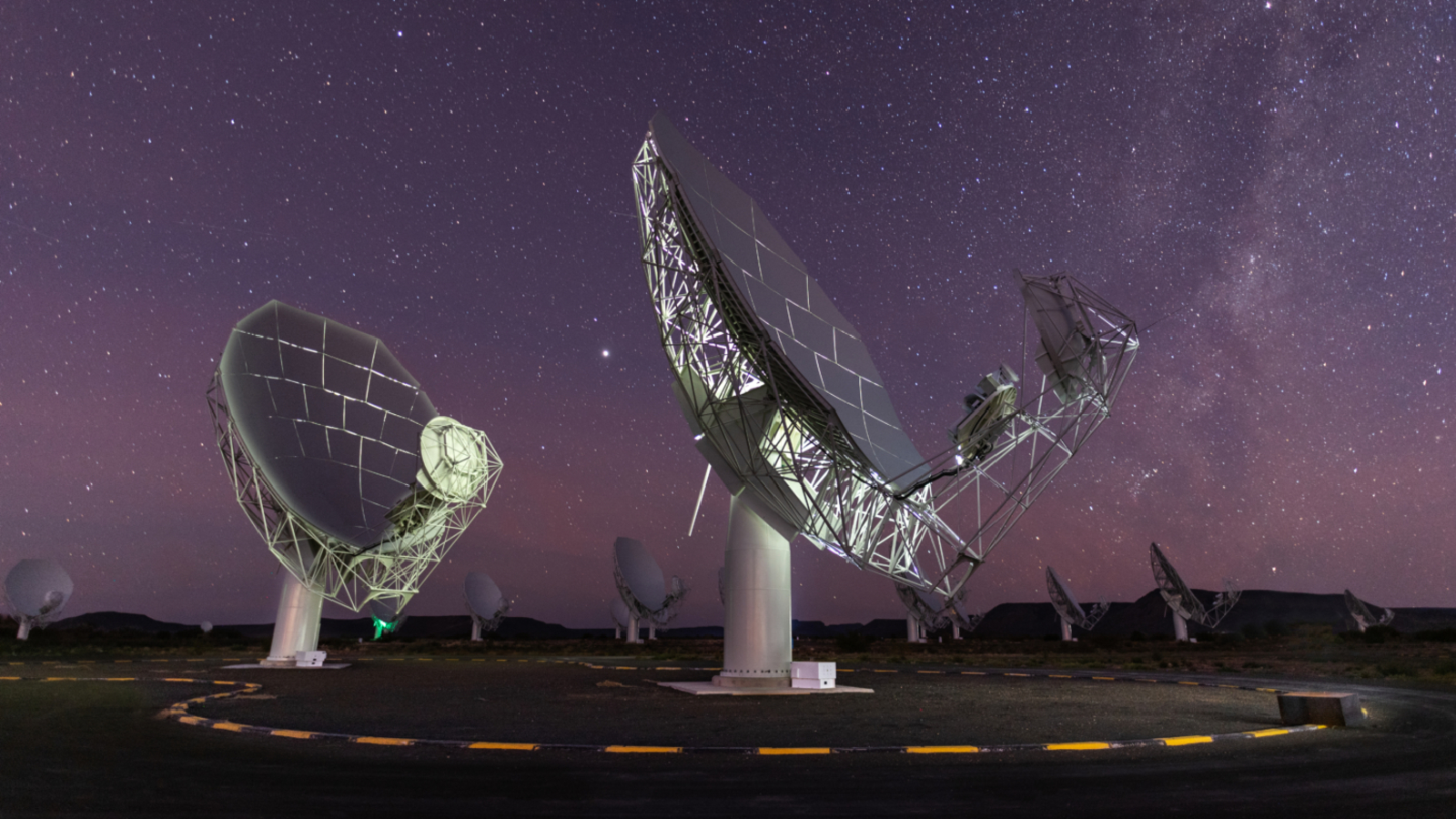NASA:The Sun Is Officially a Sphere
So proclaimed NASA, the arbiter of what's official when it comes to the solar system, on Feb. 6. In recent days, NASA's twin STEREO probes moved into position on opposite sides of the Sun. Each probe is now continuously photographing its half of the sphere, and researchers have recombined the probes' two data sets to form the first ever stereoscopic images of the Sun's entire surface.
Here's a clip showing recombined STEREO data captured on 1/28/11:
{youtube wjl5MNObzec&feature=related}
Besides what we already know that it's a sphere what will we learn from a 360-degree look at our star? According to NASA, a lot. The sun is swarming with activity, very little of which astronomers fully grasp. Examples include sunspots dark blots on the Sun marked by intense magnetic activity, as well as coronal mass ejections events in which billions of tons of plasma shoot out from the Sun, and solar flares explosions of the Sun's atmosphere due to magnetic collapse.
Scientists suspect that such solar events on opposite sides of the Sun trigger or amplify one another, but without a full view, they can't be sure. "There are many fundamental puzzles underlying solar activity," Angelos Vourlidas, a member of the STEREO science team, told NASA's news team. "By monitoring the whole sun, we can find missing pieces."
What's more, the solar outbursts affect Earth.
In the past, sunspots would form on the far side of the Sun, only to start spitting plasma in our direction without warning when the Sun's rotation brought them around to face us. These can seriously disrupt airline radio communications, electrical transmissions, and satellite operations. "Not anymore," Bill Murtagh, a senior forecaster at NOAA's Space Weather Prediction Center in Boulder, Colorado, told NASA's news team. "Farside active regions can no longer take us by surprise. Thanks to STEREO, we know they're coming."
Get the world’s most fascinating discoveries delivered straight to your inbox.
The STEREO images will also help NASA plan its missions to other planets. Whereas, in the past, they couldn't predict how solar storms would shoot out from the other side of the Sun, and possibly interrupt communications with distant spacecraft, they will now be able to do so. "This is important for NASA missions to Mercury, Mars, asteroids ... you name it," said Lika Guhathakurta, STEREO program scientist.
Got a question? Send us an email and we'll look for an expert who can crack it.
Follow Natalie Wolchover on Twitter @nattyover
Natalie Wolchover was a staff writer for Live Science from 2010 to 2012 and is currently a senior physics writer and editor for Quanta Magazine. She holds a bachelor's degree in physics from Tufts University and has studied physics at the University of California, Berkeley. Along with the staff of Quanta, Wolchover won the 2022 Pulitzer Prize for explanatory writing for her work on the building of the James Webb Space Telescope. Her work has also appeared in the The Best American Science and Nature Writing and The Best Writing on Mathematics, Nature, The New Yorker and Popular Science. She was the 2016 winner of the Evert Clark/Seth Payne Award, an annual prize for young science journalists, as well as the winner of the 2017 Science Communication Award for the American Institute of Physics.

